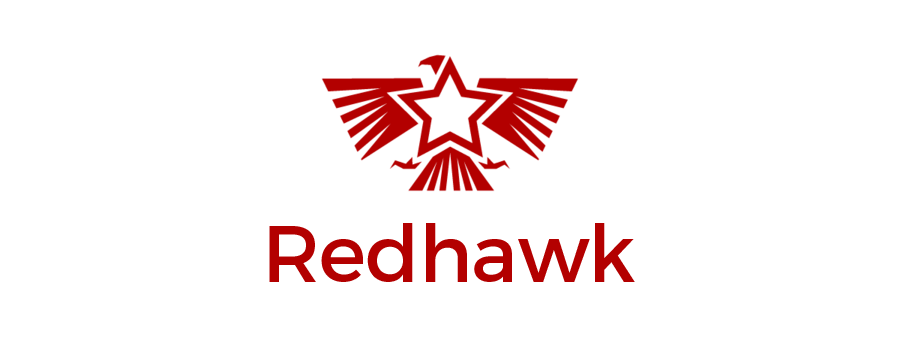“Disruption”
“Game-changer”
“Hack”
“Bleeding edge”
“Thought leaders”
These are some of the currently ubiquitous terms revolving through business intelligentsia. Much like “synergy” in the 1990’s, it amuses me when words are invented or adapted to define something that was well-defined long ago. For the sake of brevity, I’m only going to pick on one of these terms.
“Hack.”
More specifically, I loath the addition of this word in front of actual business processes or endeavors to suggest a work-around or short-cut. Google any of the terms “Marketing Hacks” or “Sales Hacks,” or even “Life Hacks” and you will see pages of competing theories on the best way to get customers or people to behave in a certain way. Admittedly, those few theories rooted in actual science contain some pearls on how to engage audiences with ever-decreasing attention spans and who consume a wider variety of information sources than ever before.
The evolution of the “hacking” movement is devolving into something more unseemly. Take this quote from a website you can easily find through any search engine. This company, who uses the term “hack” in their business name, sells a service to find email addresses of people that are otherwise hidden in their social web profiles:
“Save time and sell more! Uncover your sales prospect’s previously hidden email addresses while searching Social Profiles.”
So you should invade a potential customer’s perceived privacy so you can make your quota? Genius. I’m sure your prospective customer wants to get unsolicited sales email on their “wholelottafun123” Facebook email address.
If you have to trick someone into interacting with you, how long is it going to be before that reputation is synonymous with your brand? Are you able to build a long term and meaningful relationship with your customers or are you are hoping to fool them into doing business with you?
I know this makes me seem like a dinosaur in today’s digital marketing universe and there are plenty of folks using the term “hack” that have noble intentions. I do celebrate the push to innovate how businesses prospect and find connections but I caution this slippery slope where the term “hack” is being co-opted.
What’s worse is this really often hides a more serious problem- your product or salespeople (or both) are terrible. Just pumping more and more unwitting prospects into a bad sales process or to incompetent salespeople is a quick route to failure.
It is interesting, at least to me, there aren’t any relevant search results for “Value Hacking.” After all, its value we should be creating for and promoting to our customers- not deceptive ways of getting them to engage with us. Maybe there aren’t any relevant posts because value is something that can’t be hacked. Your customers determine what value you are bringing through their experience with you and your product. Those customer who get real value from you and your product will come back for more and they will help bring you more customers.
